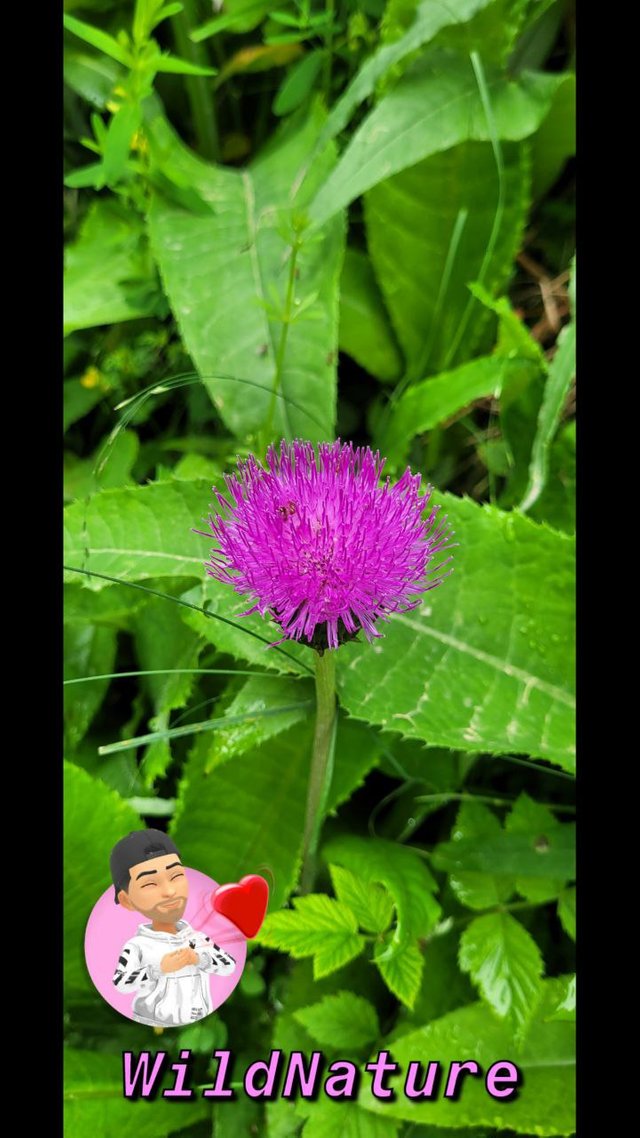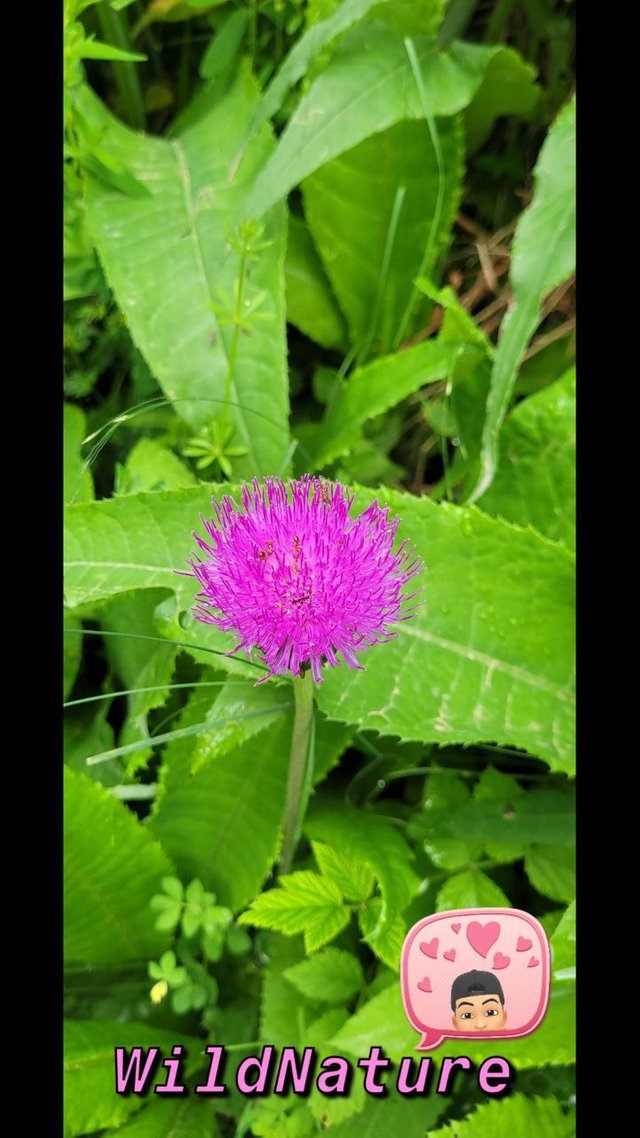Cardo tagliente 🌾💝
The English version follows in the end.
Versione Italiana 🇮🇹🇮🇹🇮🇹

Il Cardo tagliente, conosciuto scientificamente come Eryngium campestre, appartiene alla famiglia delle Apiaceae. Questa pianta perenne è originaria dell'Europa e delle regioni temperate dell'Asia e del Nord Africa, ed è nota per il suo aspetto distintivo e per la sua adattabilità a diversi ambienti.
Il Cardo tagliente è una pianta erbacea che può raggiungere un'altezza di 30-80 cm. I suoi fusti sono eretti, robusti e ramificati. Le foglie sono spinose, di forma lobata e di colore verde scuro, con margini dentellati che contribuiscono al caratteristico aspetto "tagliente" della pianta.
I fiori del Cardo tagliente sono solitamente di una colore bianco e/o viola, riuniti in infiorescenze a ombrella globose. La fioritura avviene durante l'estate, generalmente da giugno a settembre.

Questa pianta preferisce posizioni soleggiate e terreni ben drenati, ma è molto tollerante anche nei confronti dei suoli poveri e sabbiosi. È resistente alla siccità e richiede poche cure una volta stabilita. L'Eryngium campestre è spesso presente in giardini rocciosi o praterie naturali, dove aggiunge un tocco di rusticità e struttura.
E voi avete mai coltivato il Cardo tagliente nel vostro giardino o l'avete incontrato nelle vostre passeggiate in montagna? Cosa ne pensate del suo aspetto unico? Condividete le vostre impressioni nei commenti e lasciate un "like" se apprezzate la bellezza di questa pianta! 👍🌿🌾💚
(Foto scattate da me) 📸
English version 🇬🇧🇬🇧🇬🇧

The Sharp Thistle, scientifically known as Eryngium campestre, belongs to the Apiaceae family. This perennial plant is native to Europe and the temperate regions of Asia and North Africa, and it is known for its distinctive appearance and adaptability to various environments.
Eryngium campestre is an herbaceous plant that can reach a height of 30-80 cm. Its stems are erect, robust, and branched. The leaves are spiny, lobed, and dark green, with toothed edges that contribute to the characteristic "sharp" appearance of the plant.
The flowers of the Sharp Thistle are usually white and/or purple, gathered in globose umbrella-like inflorescences. Blooming occurs during the summer, typically from June to September.

This plant prefers sunny positions and well-drained soils but is also highly tolerant of poor and sandy soils. It is drought-resistant and requires little care once established. Eryngium campestre is often found in rock gardens or natural prairies, where it adds a touch of rusticity and structure.
Have you ever cultivated the Sharp Thistle in your garden or encountered it during your mountain hikes? What do you think of its unique appearance? Share your impressions in the comments and leave a "like" if you appreciate the beauty of this plant! 👍🌿🌾💚
(Photos taken by me) 📸